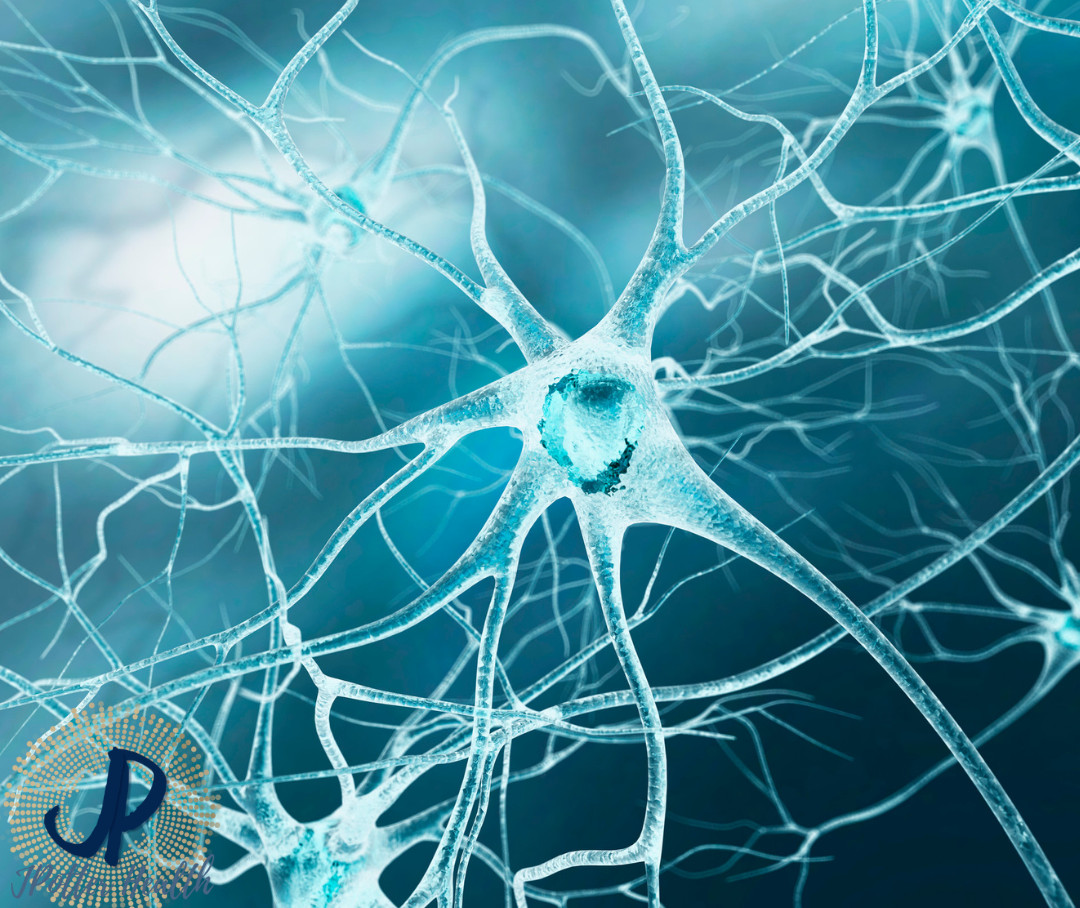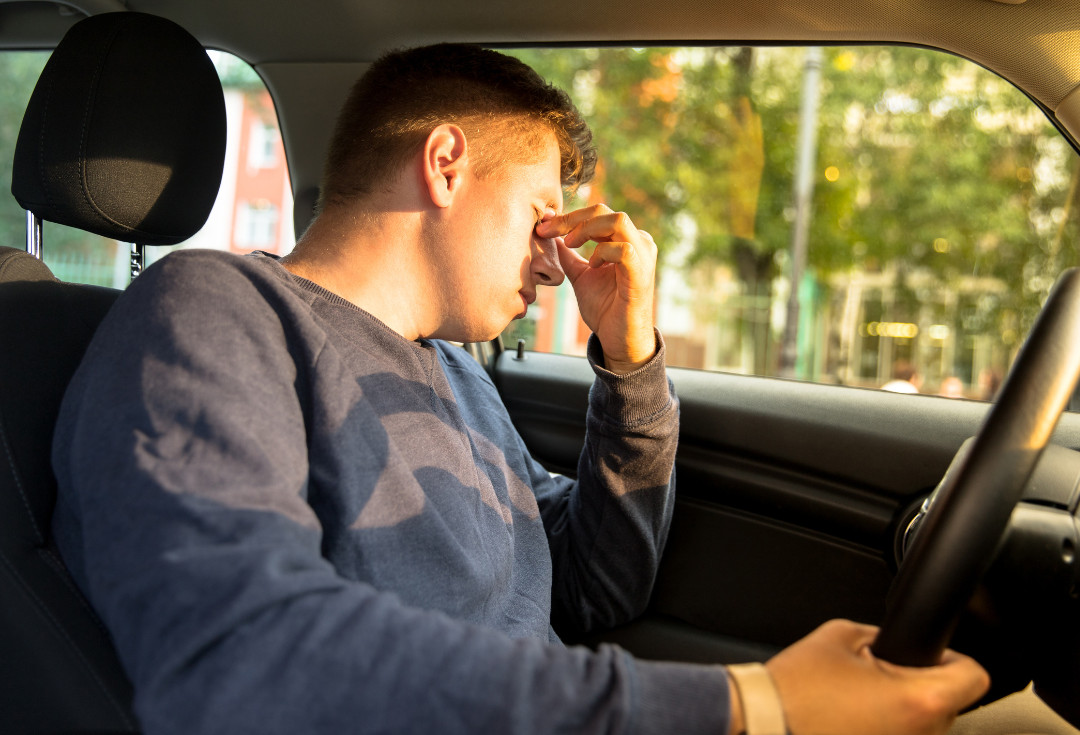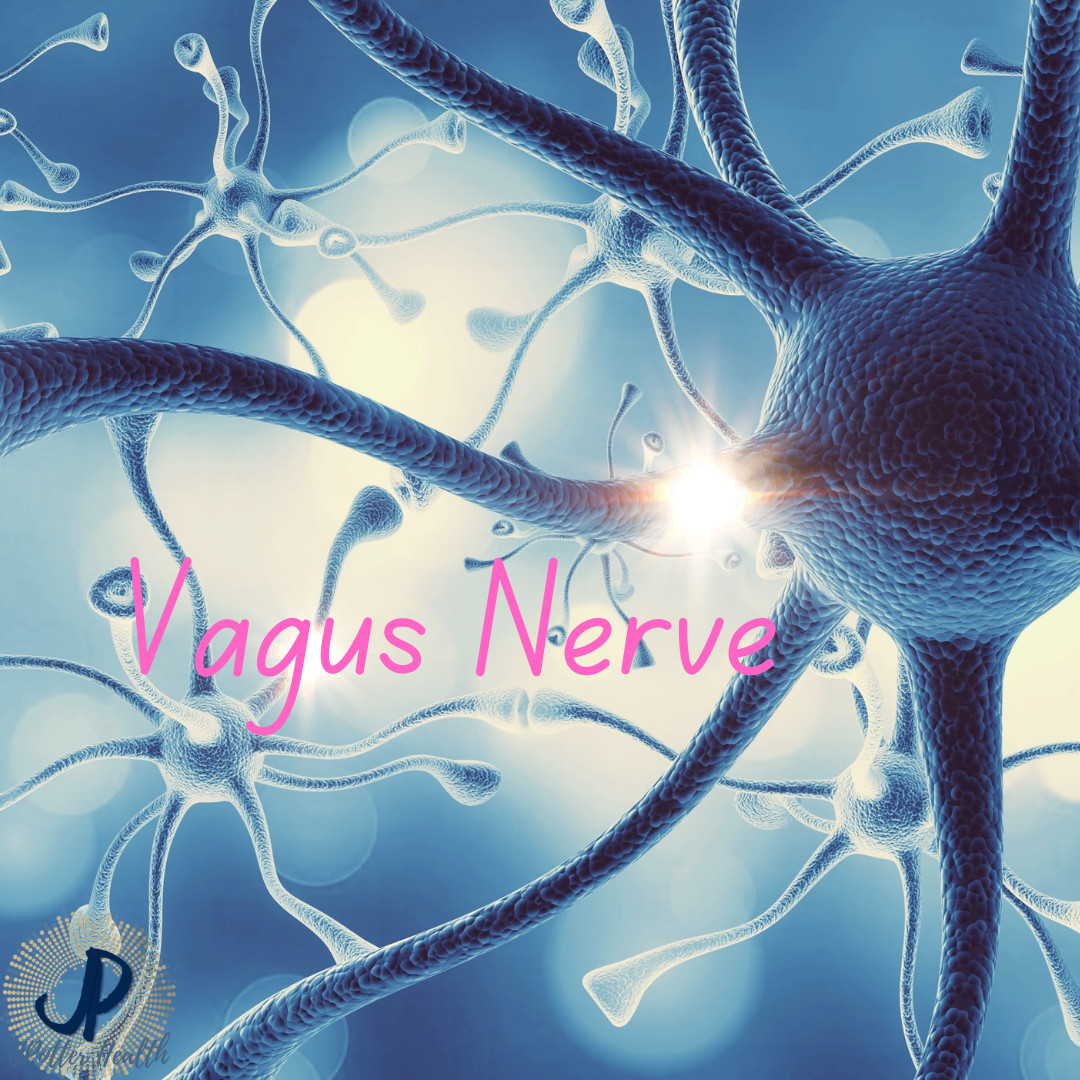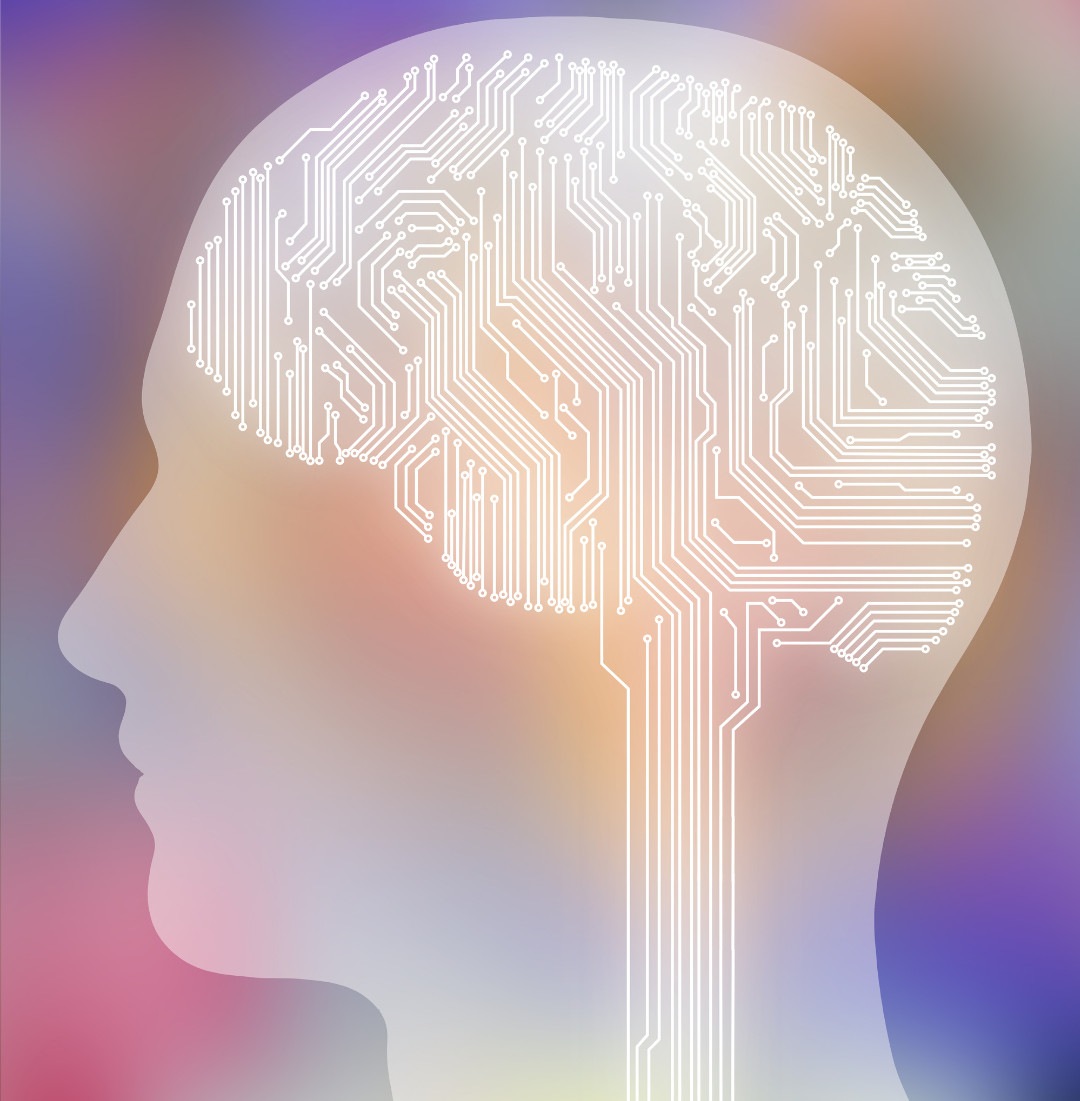
In recent research spearheaded by Michael S. Fanselow at the Department of Psychology, Department of Psychiatry & Biobehavioral Sciences, UCLA, Integrative Center for Learning & Memory, an invigorating approach towards managing fear and anxiety has emerged through the stimulation of the vagal nerve. The findings, brought forth in the article "Fear and anxiety take a double hit from vagal nerve stimulation," illuminate the promising impact of bioelectrical interfaces on mental health, particularly in combating anxiety disorders.
The vagal nerve, often referred to as the 'wandering nerve,' plays a crucial role in the autonomic nervous system, influencing everything from heart rate to digestion. Yet, its ability to act as a bridge between the brain and body also makes it a powerful conduit for therapeutic intervention. Fanselow's work underscores the potential of vagal nerve stimulation (VNS) in recalibrating our body's response to fear and anxiety, offering a beacon of hope for those who grapple with these crippling conditions.
Amidst the technical exploration and optimistic findings in Fanselow's study, the article also sheds light on alternative, accessible techniques that can assist in managing anxiety. Here are three methods that complement the groundbreaking research on VNS:
1. Deep Breathing Exercises: Leveraging the body's relaxation response, deep breathing serves as a natural tranquilizer for the nervous system. By focusing on slow, deep, and consistent breaths, individuals can stimulate the vagal nerve, promoting a state of calmness and reducing anxiety levels.
2. Mindfulness Meditation: This practice involves sitting quietly and paying attention to thoughts, sounds, the sensations of breathing, or parts of the body. Mindfulness meditation can enhance one's awareness of the present moment, helping to break the cycle of worry and anxiety by fostering a stance of observation rather than reaction.
3. Progressive Muscle Relaxation (PMR): PMR is a technique where you tense each muscle group in the body tightly, but not to the point of strain, and then slowly relax them. This encourages the body to enter a state of relaxation, counteracting the stress and tension that anxiety can bring.
Michael S. Fanselow's work not only opens up a new frontier in the treatment of anxiety through vagal nerve stimulation but also emphasizes the power of integrating both cutting-edge and traditional practices in managing mental health. Whether through high-tech approaches or simple, self-administered techniques, the journey towards overcoming fear and anxiety is becoming increasingly accessible, providing a glimmer of hope for those affected.















0 Comments